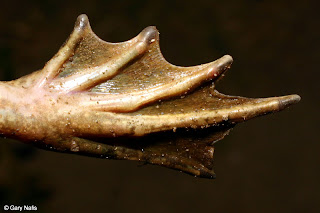1) The environmental stress I chose was heat. Humans have adapted to almost every climate in the world. However, high temperatures (113F) causes the metabolism and human homeostasis to stop and will ultimately cause death.
2) When faced with heat stress an organism will reduce its metabolic activity so the heat in its body isn’t as high, they decrease their energy levels, humans in regions with higher temperatures usually have longer limbs because it allows more surface area on the body and the greater the surface area, the faster the body heat will dissipate into the environment and off our bodies, sweat also helps to cool our bodies.
3) The benefits of studying human variation across different environmental regions would be useful to us because we could see the differences in peoples reactions in different climates. Do people in hotter climates sweat differently than people in cooler ones? What is the average limb length in a higher temperature climate verse a cooler climate?
This would be beneficial to science so we could have a better understanding when we find fossils. We would be able to see if the limbs on those correspond with the current day adaptations and see when this started.
4) Race could be used as a more in-depth way to categorize humans and these adaptations. I think that it wouldn’t really be super important to the whole thing. Region the person is from would be the most important thing. If this was in the terms of fossils we do not know that race as a defined as it seems today.








